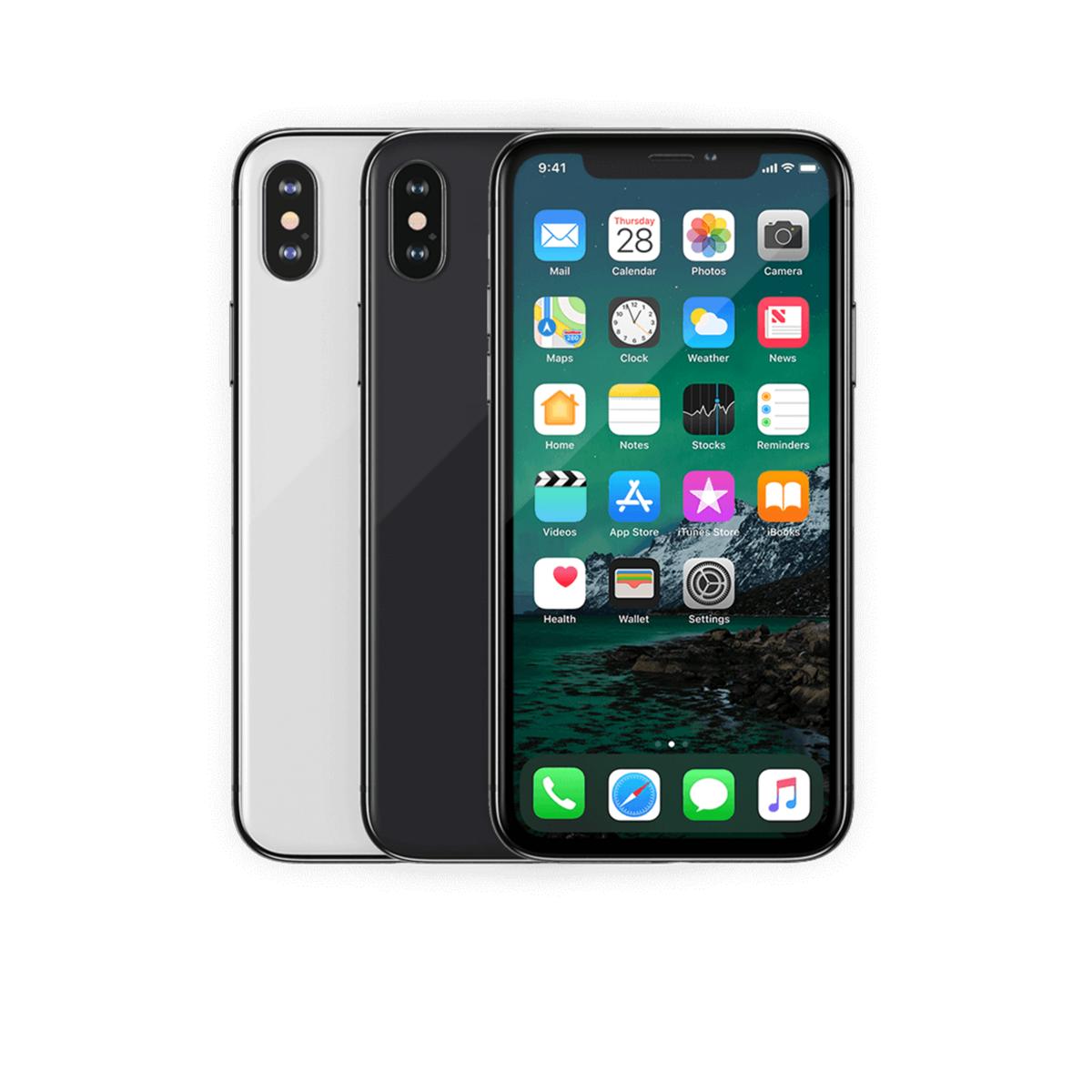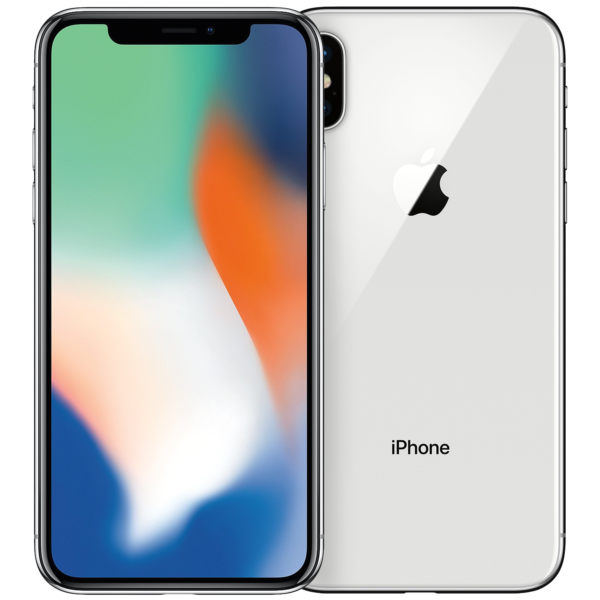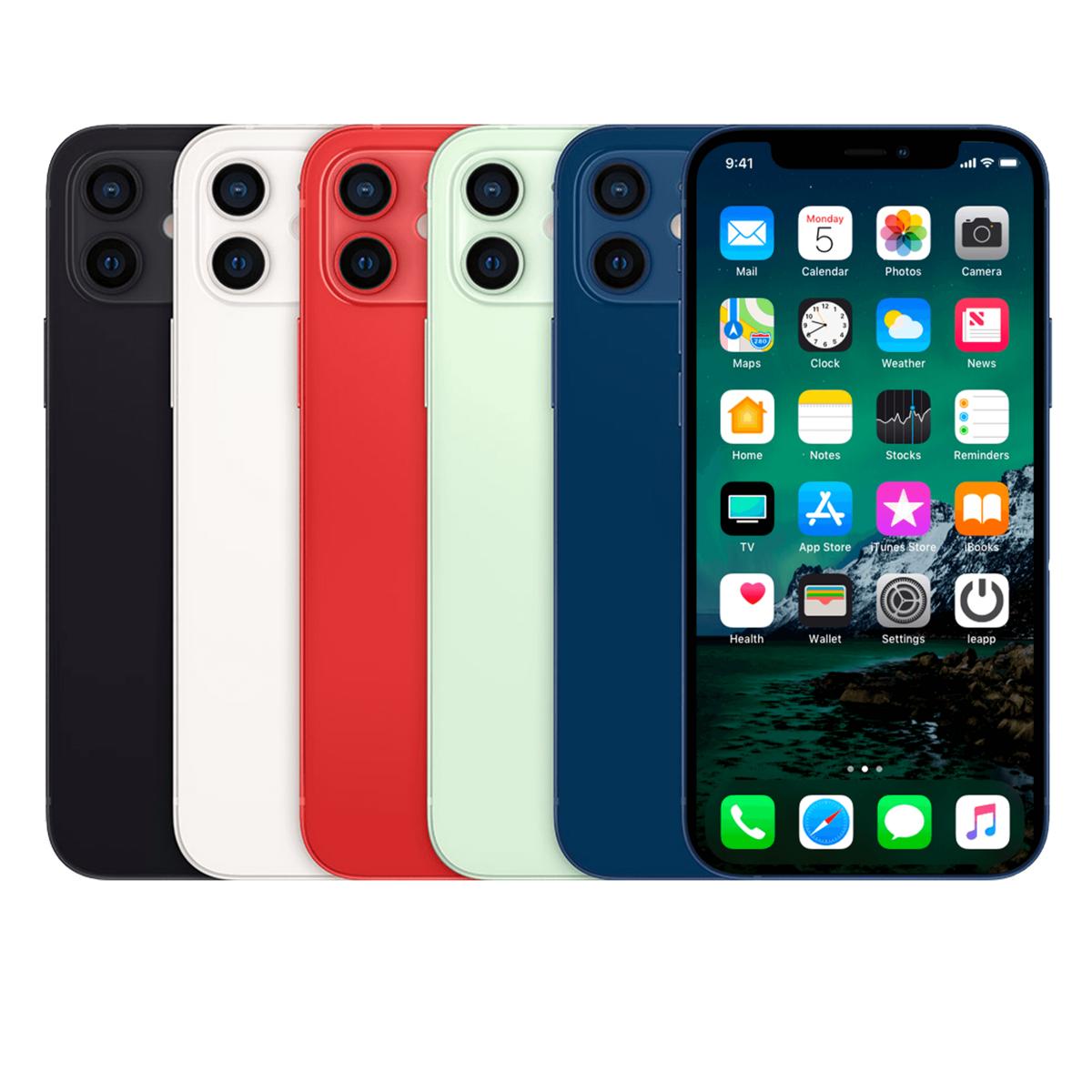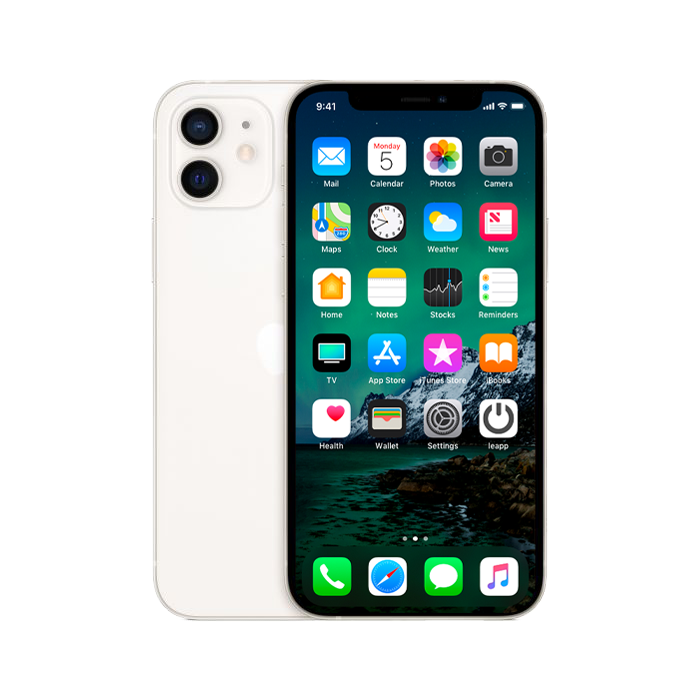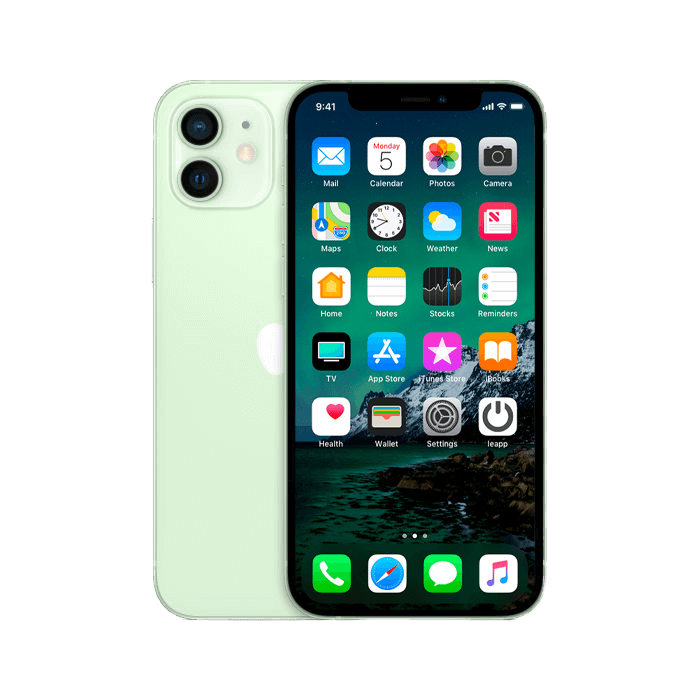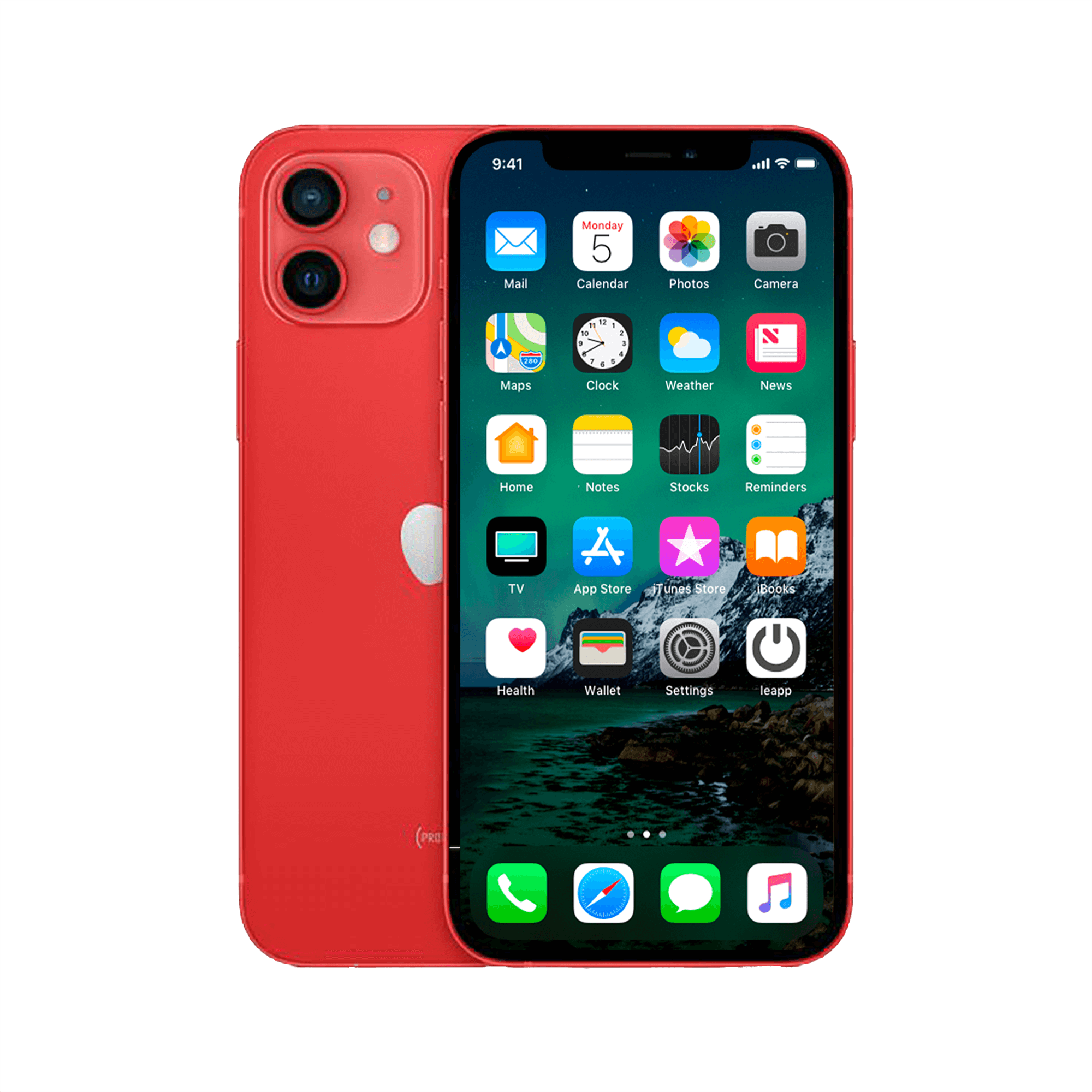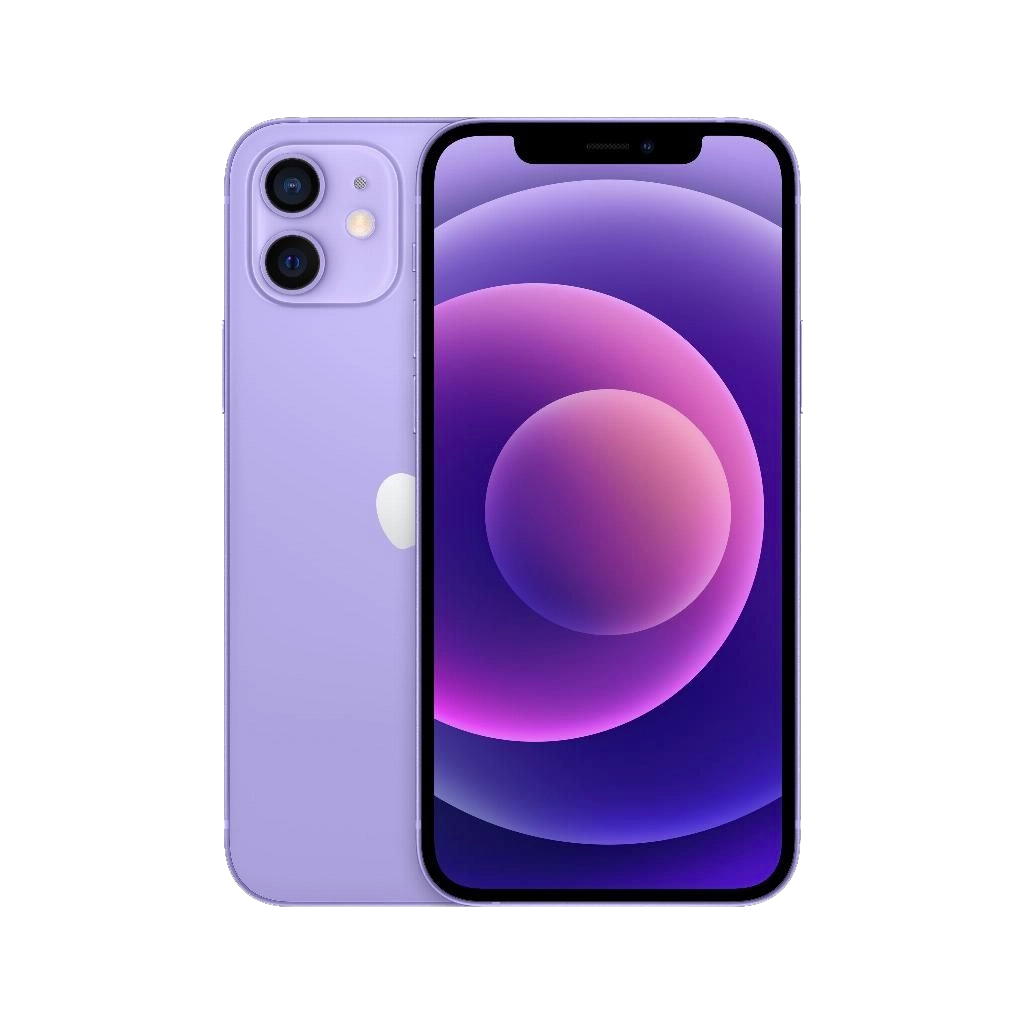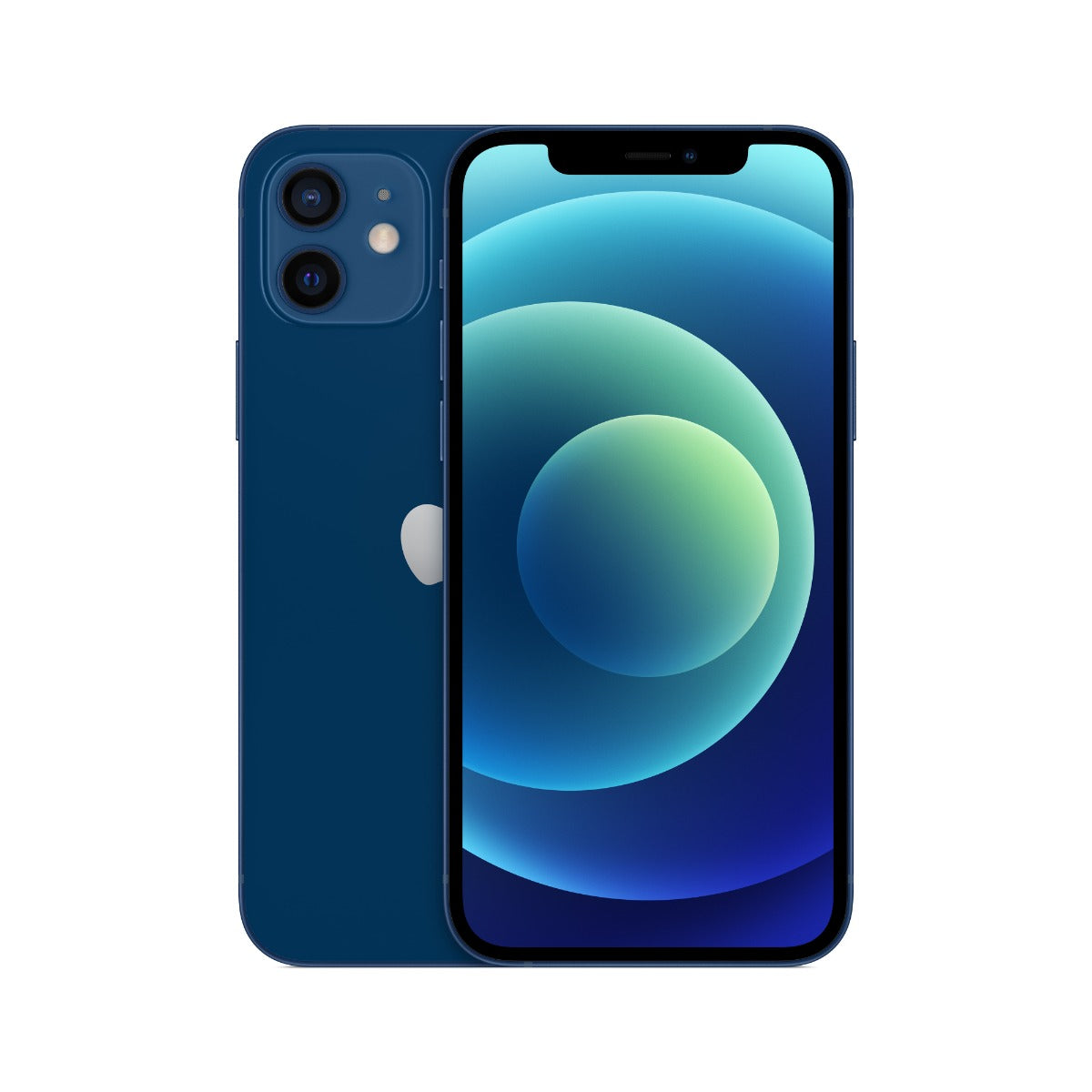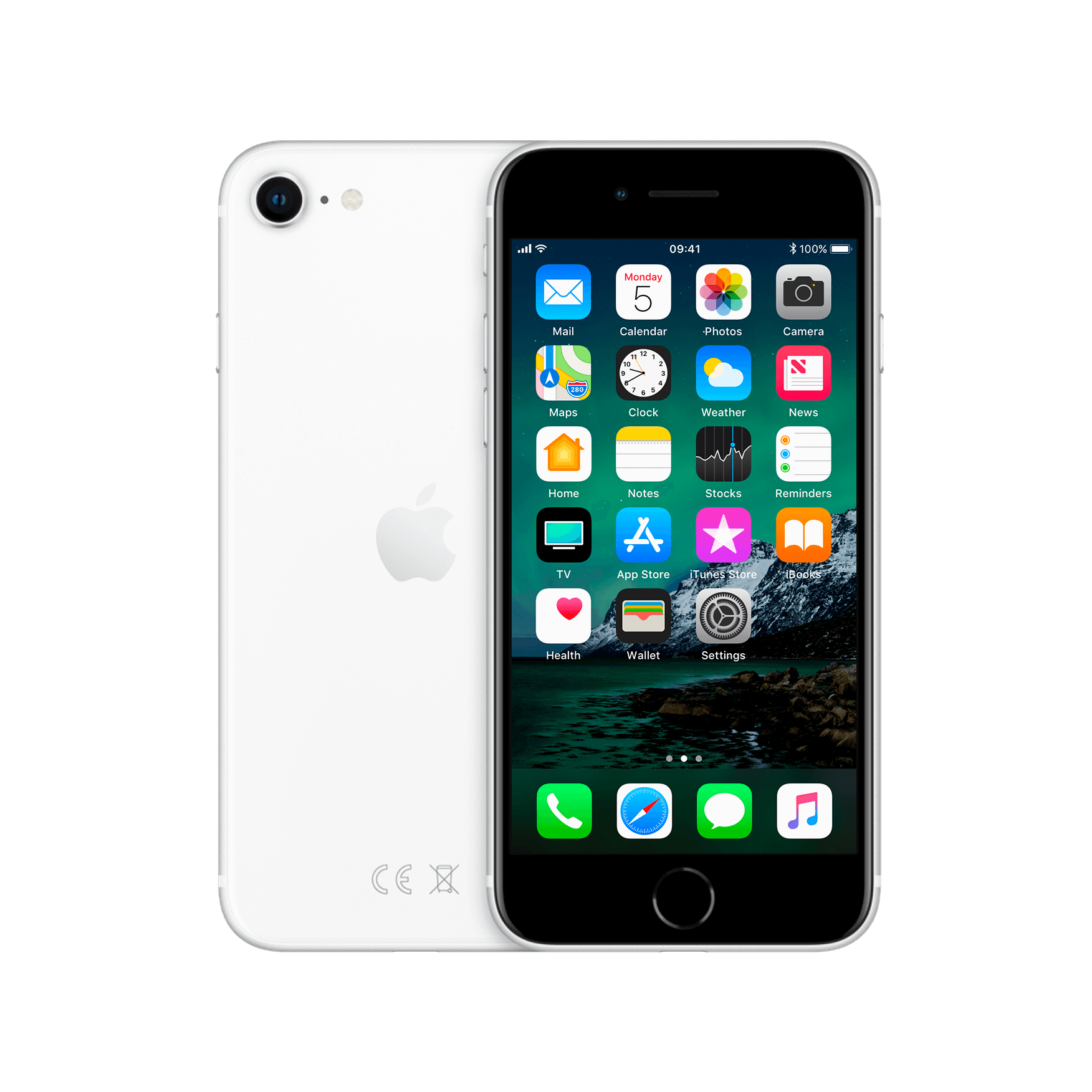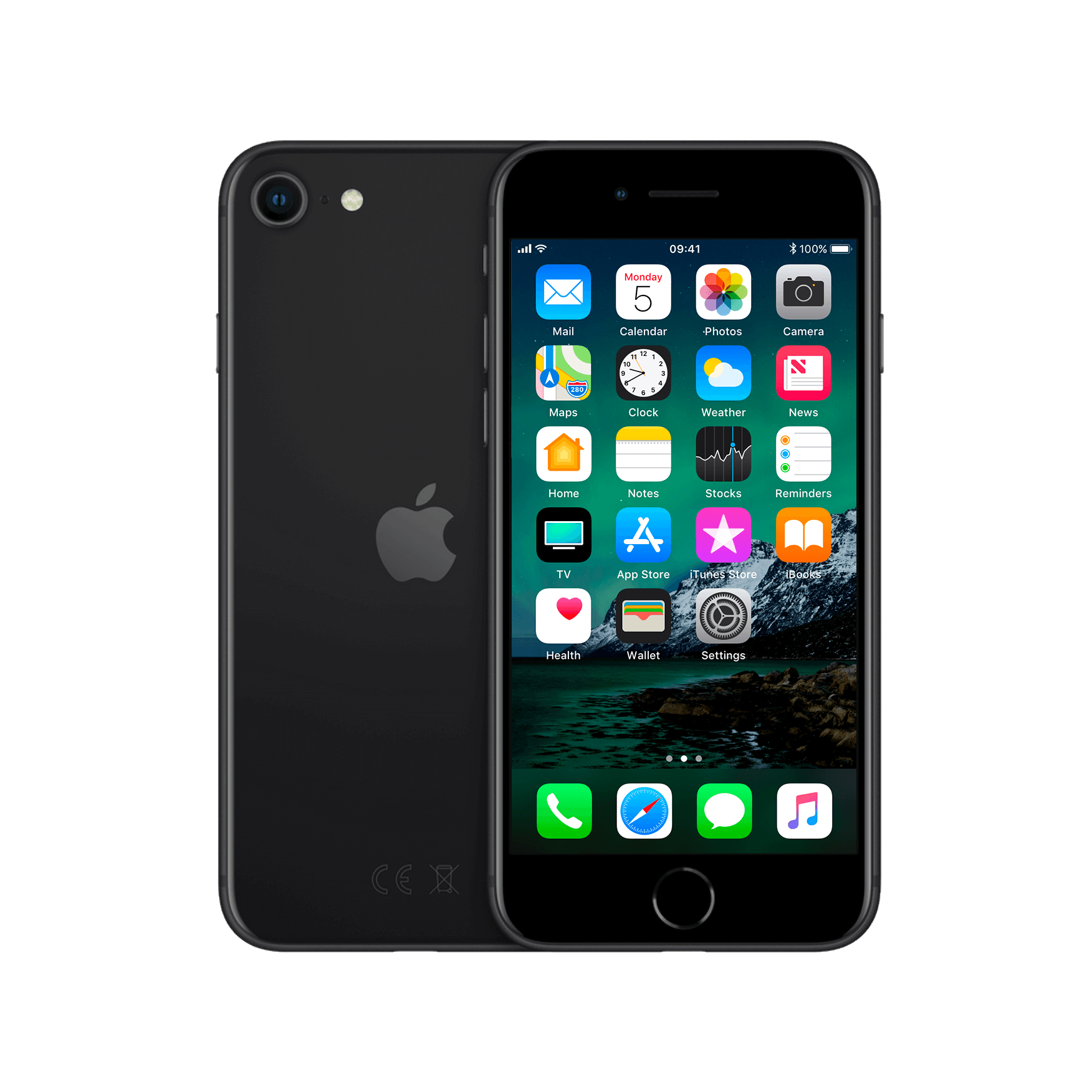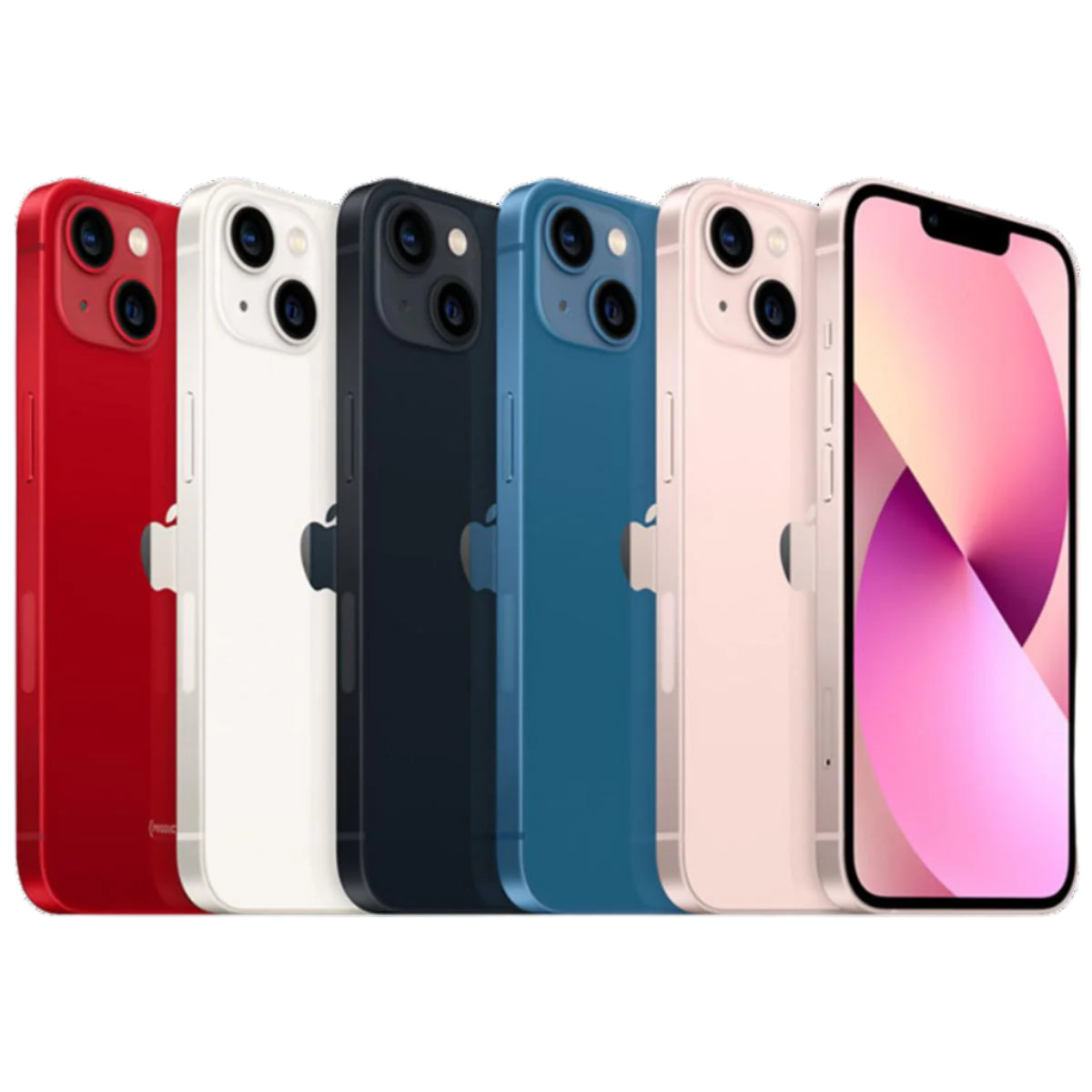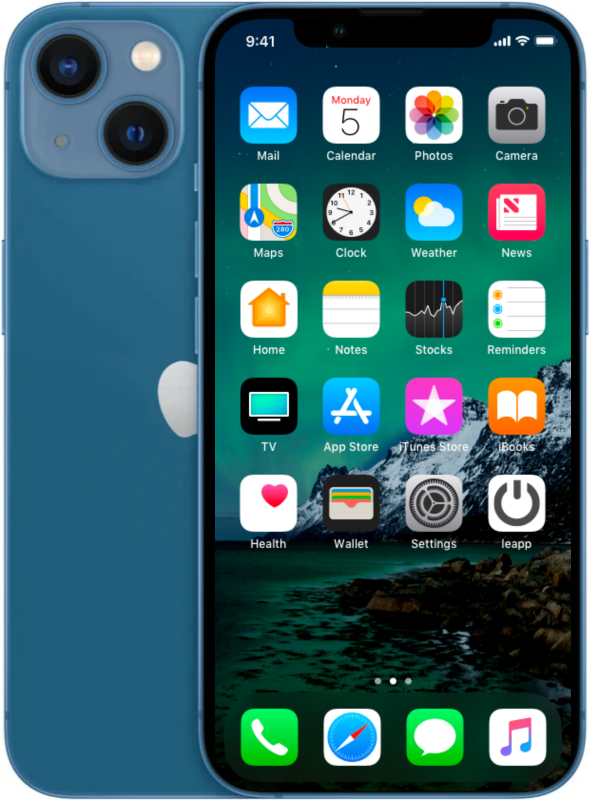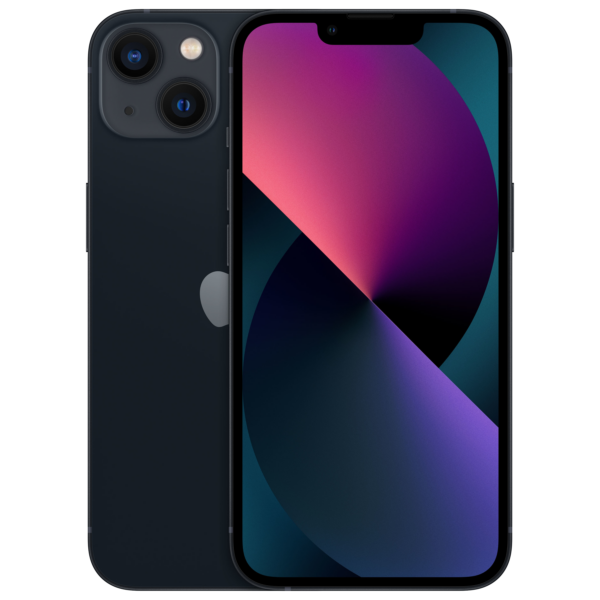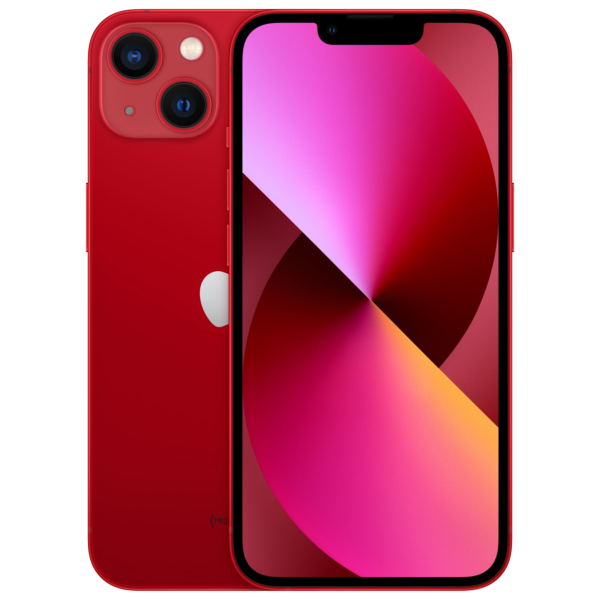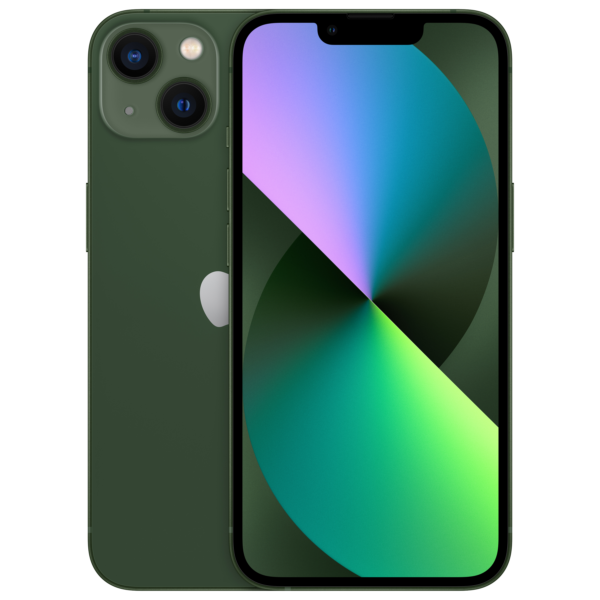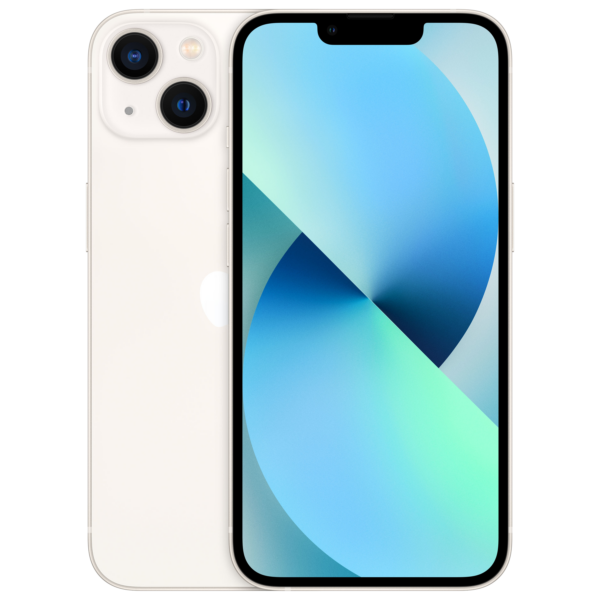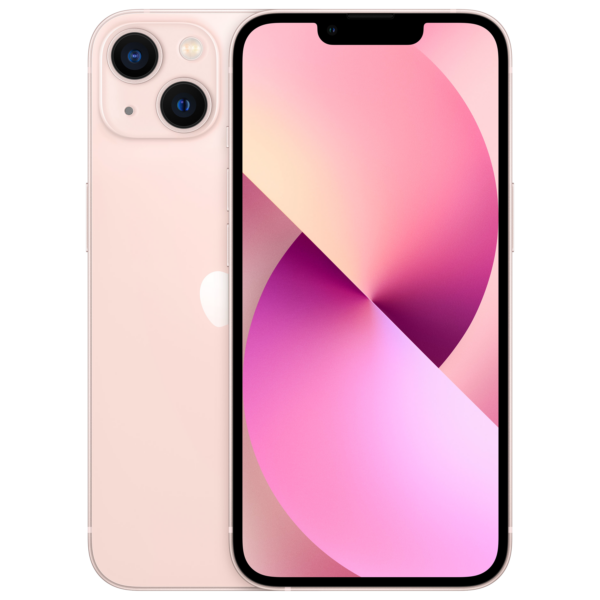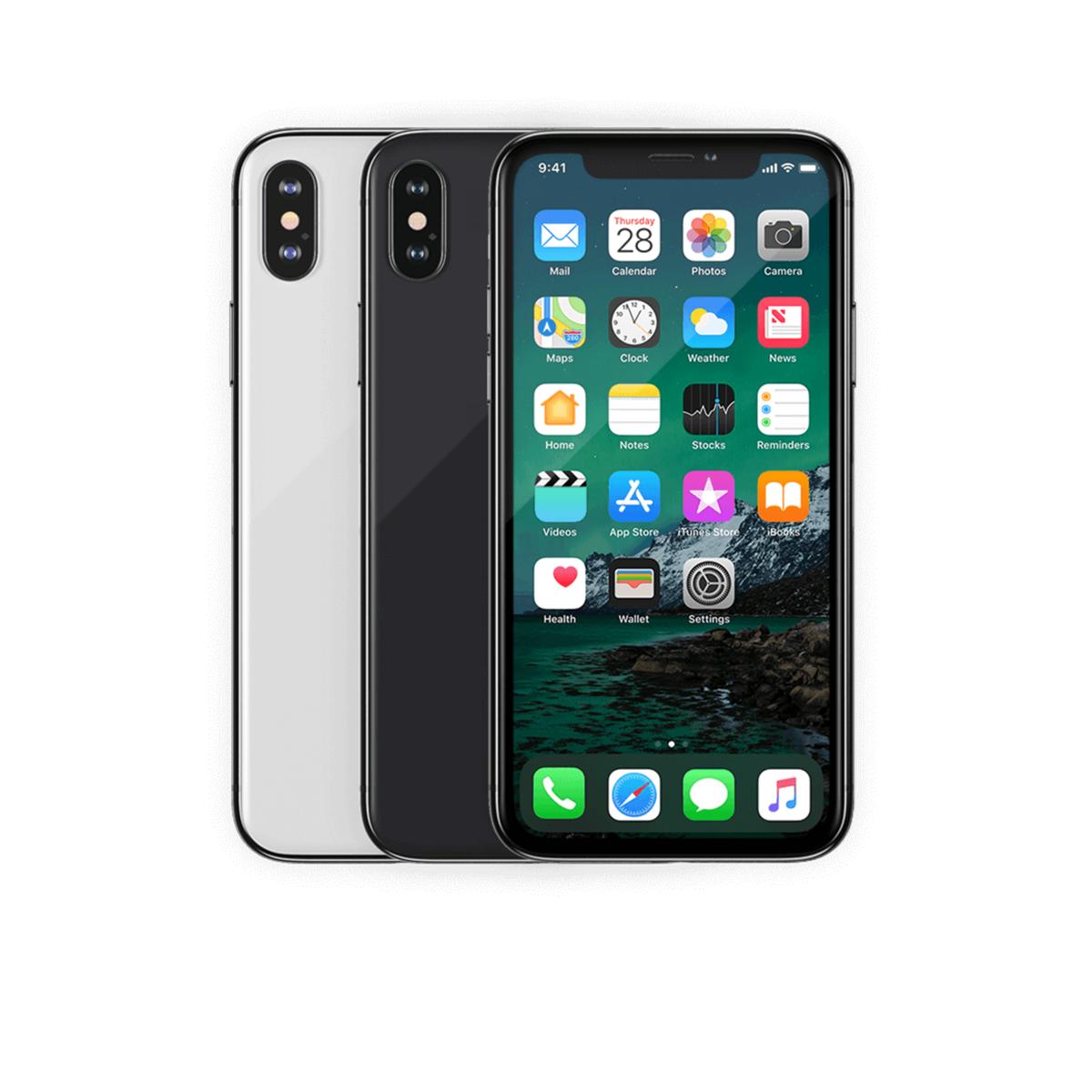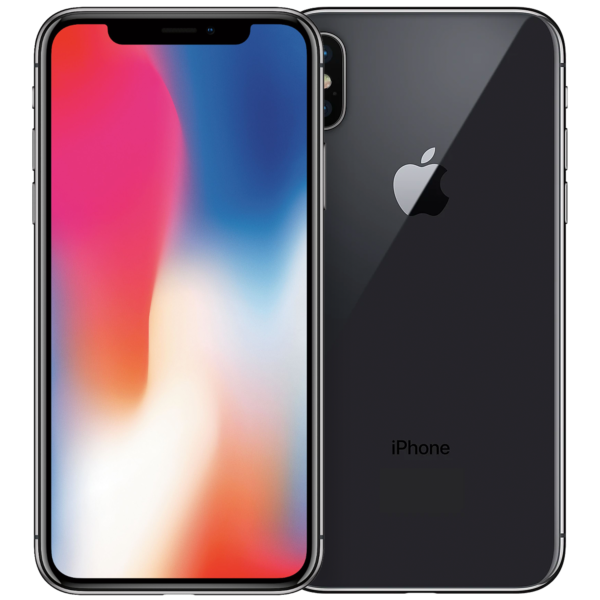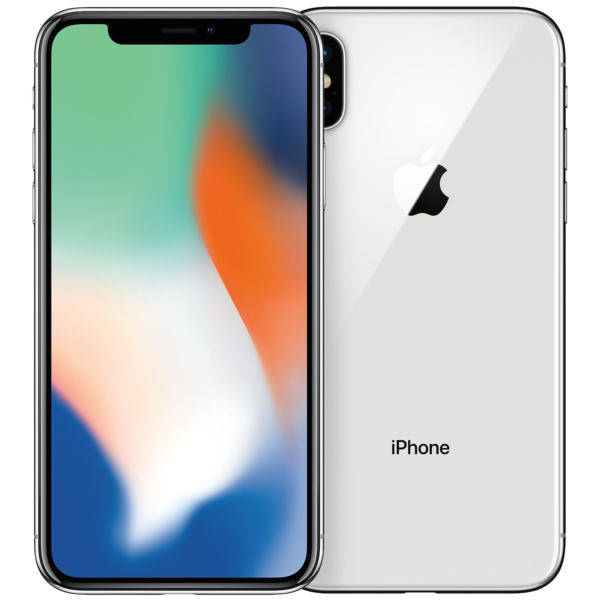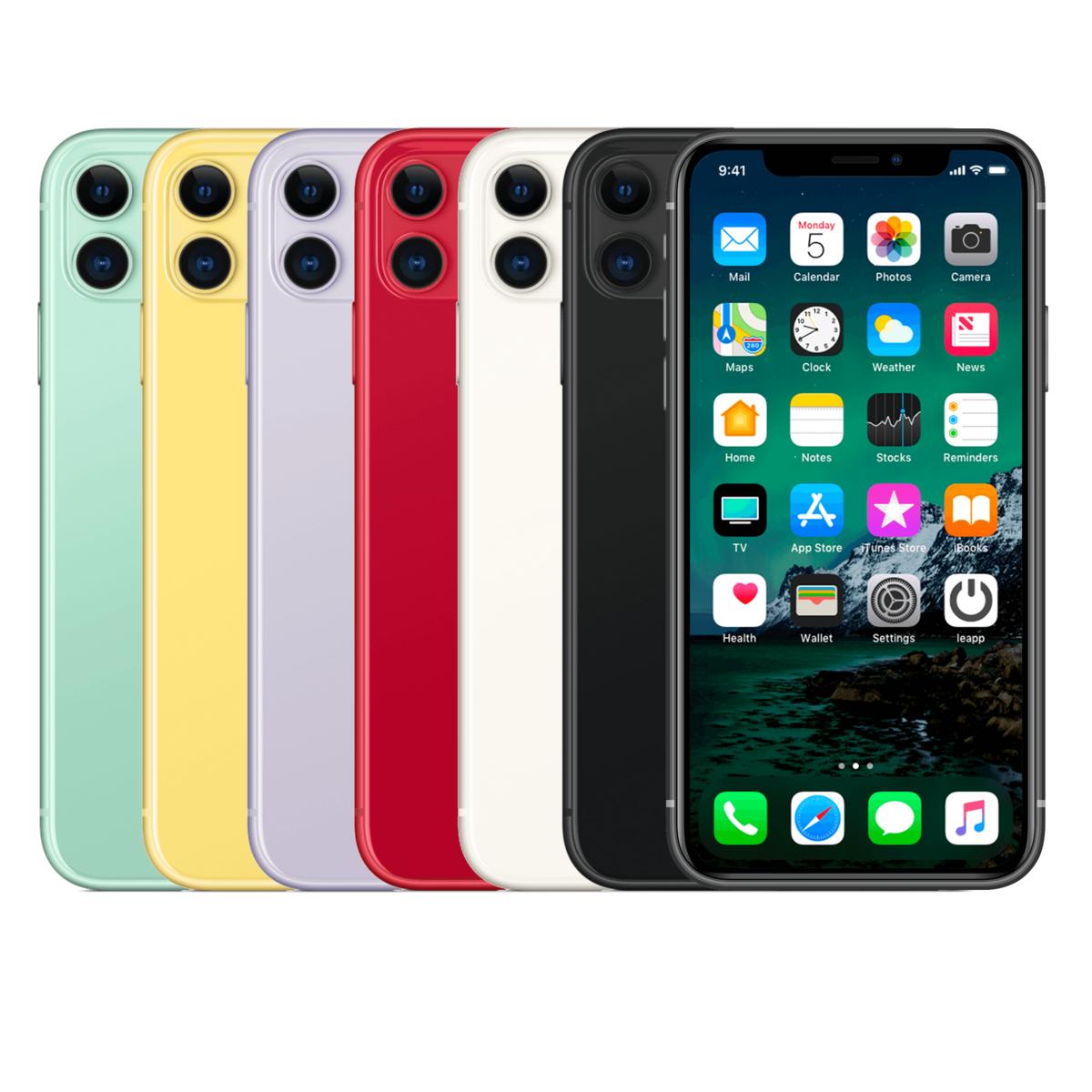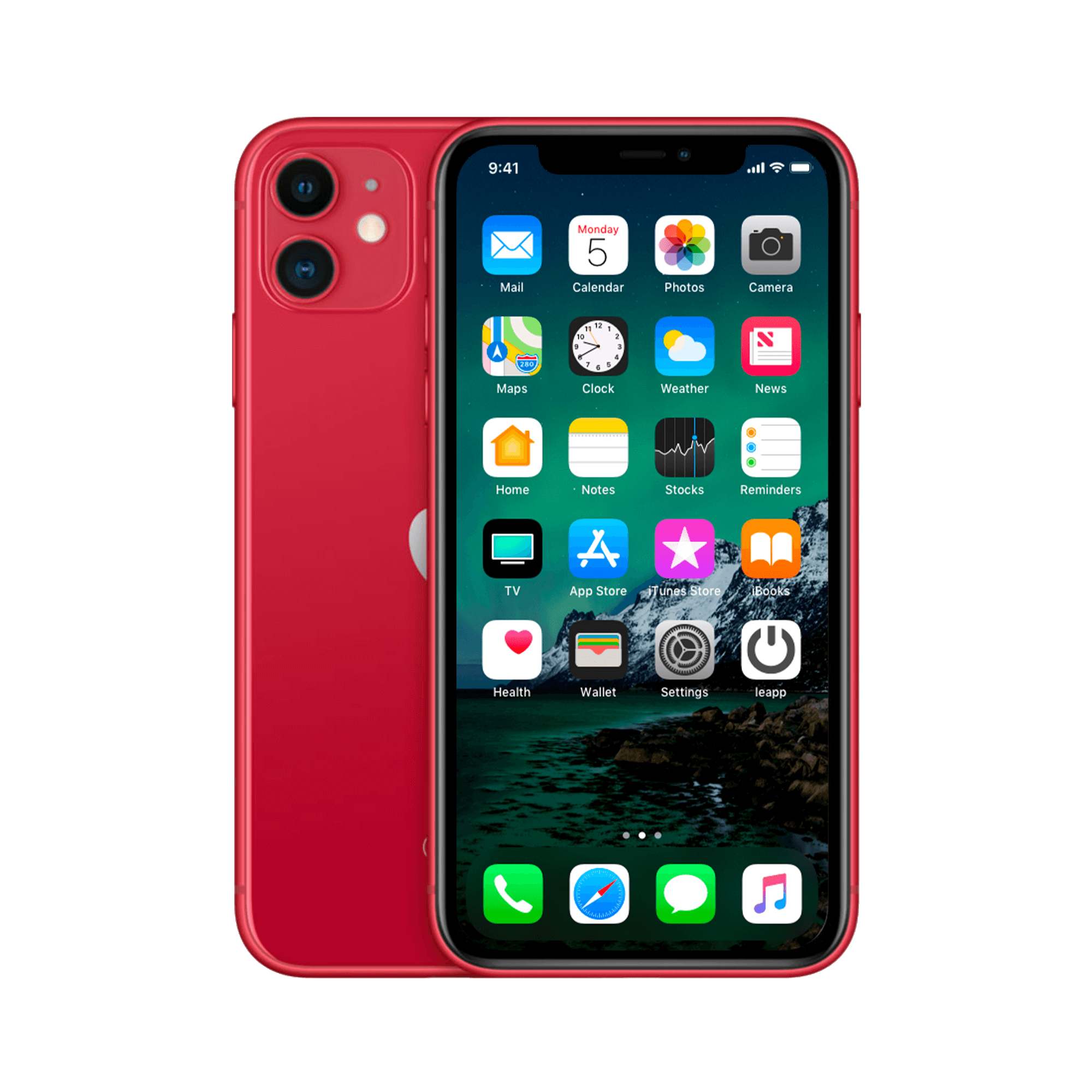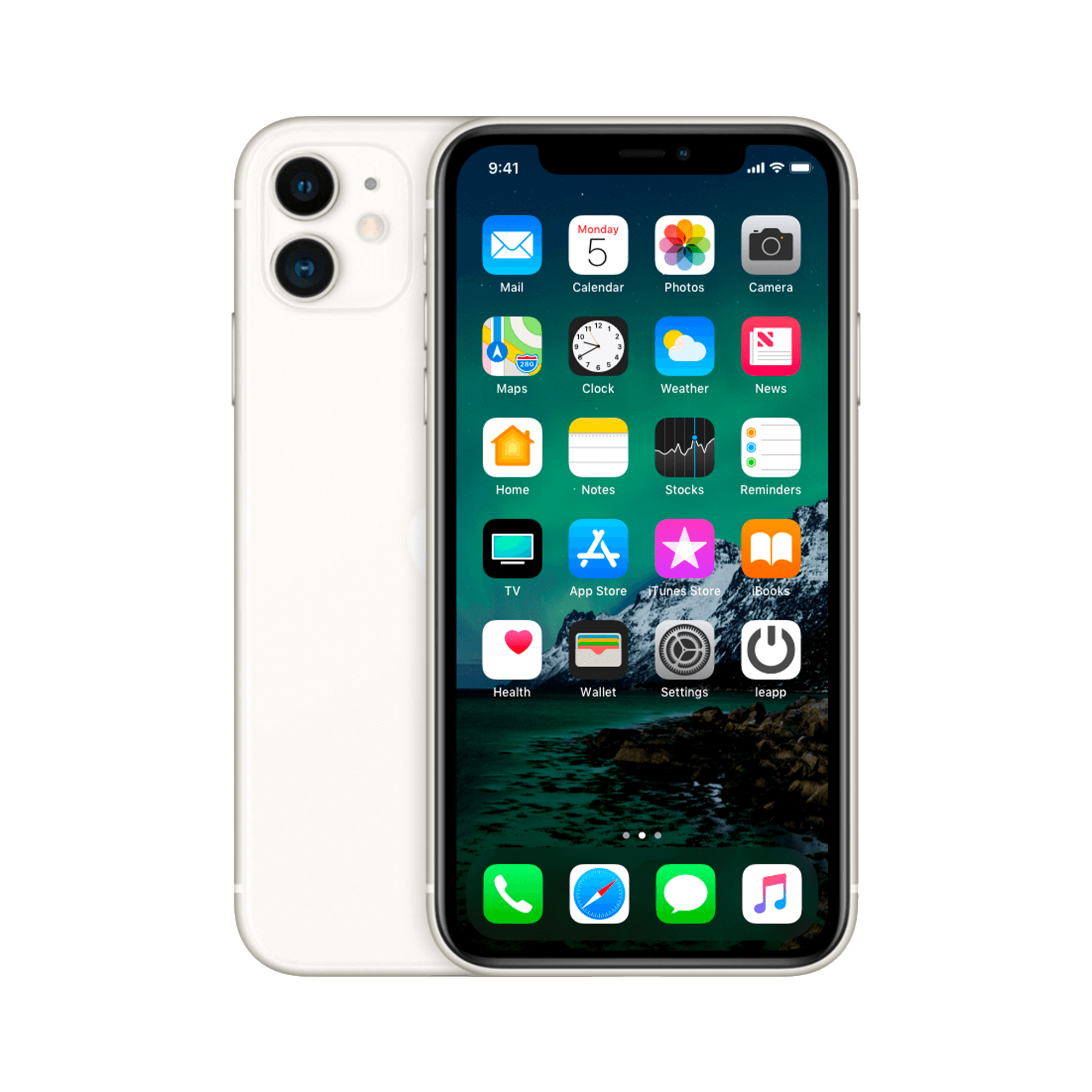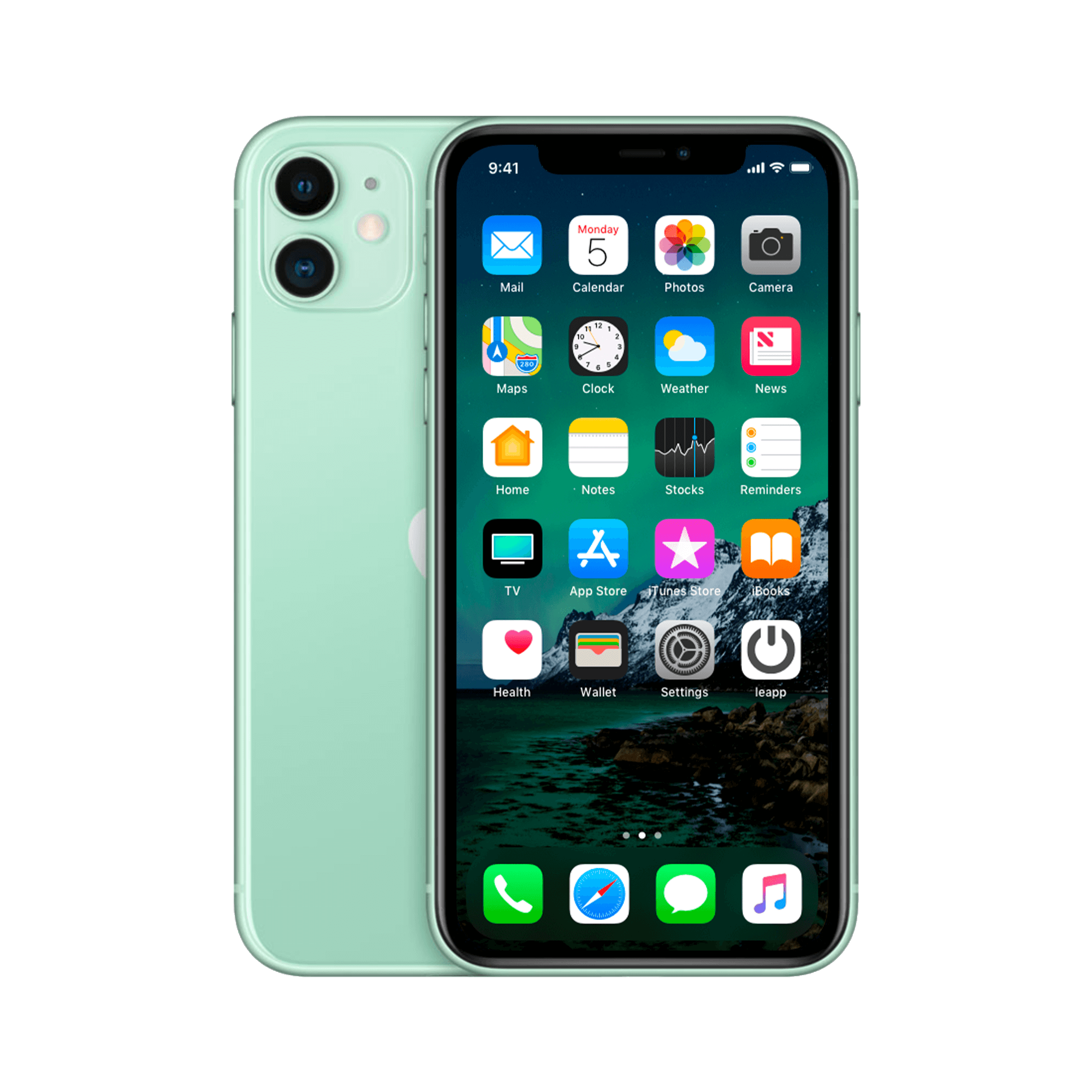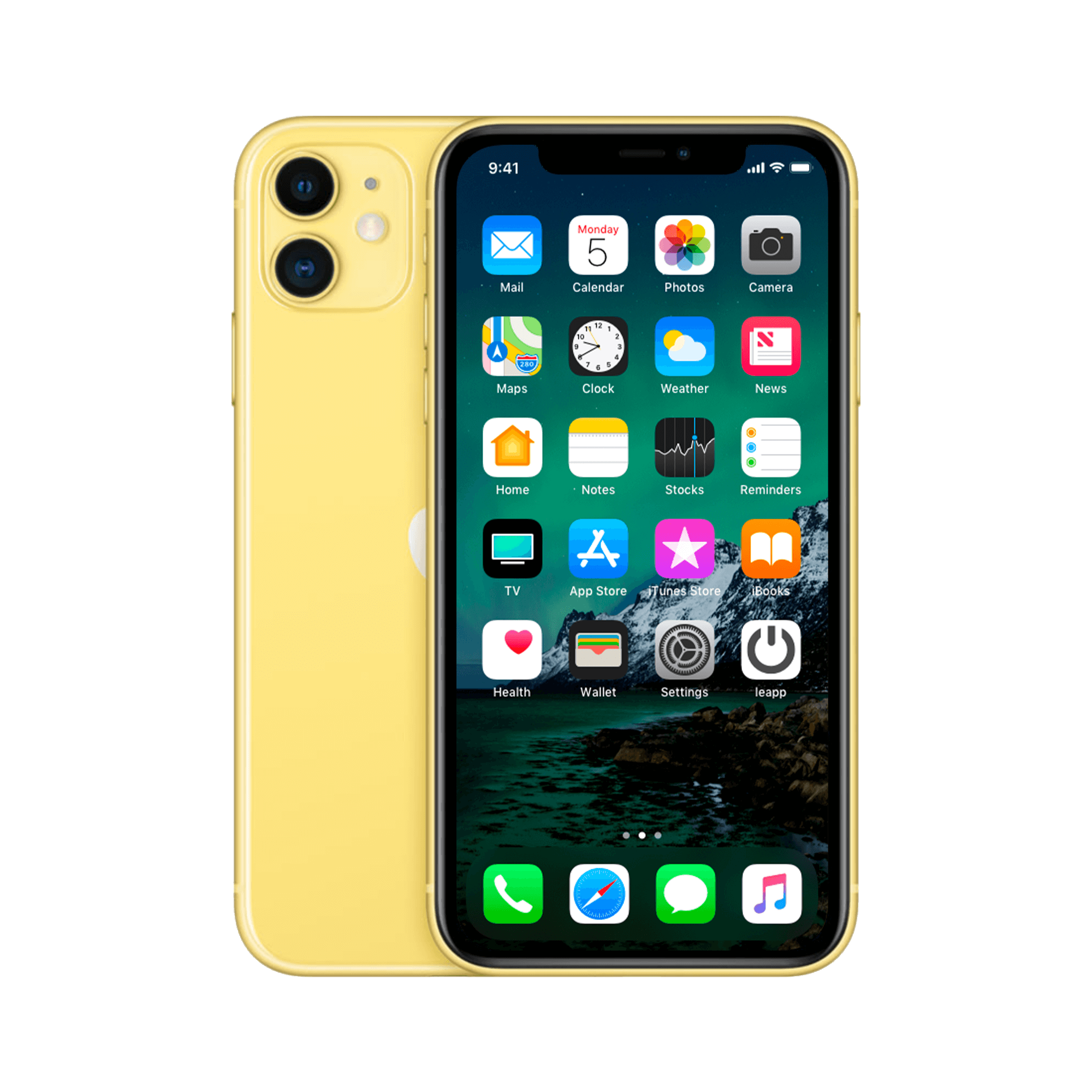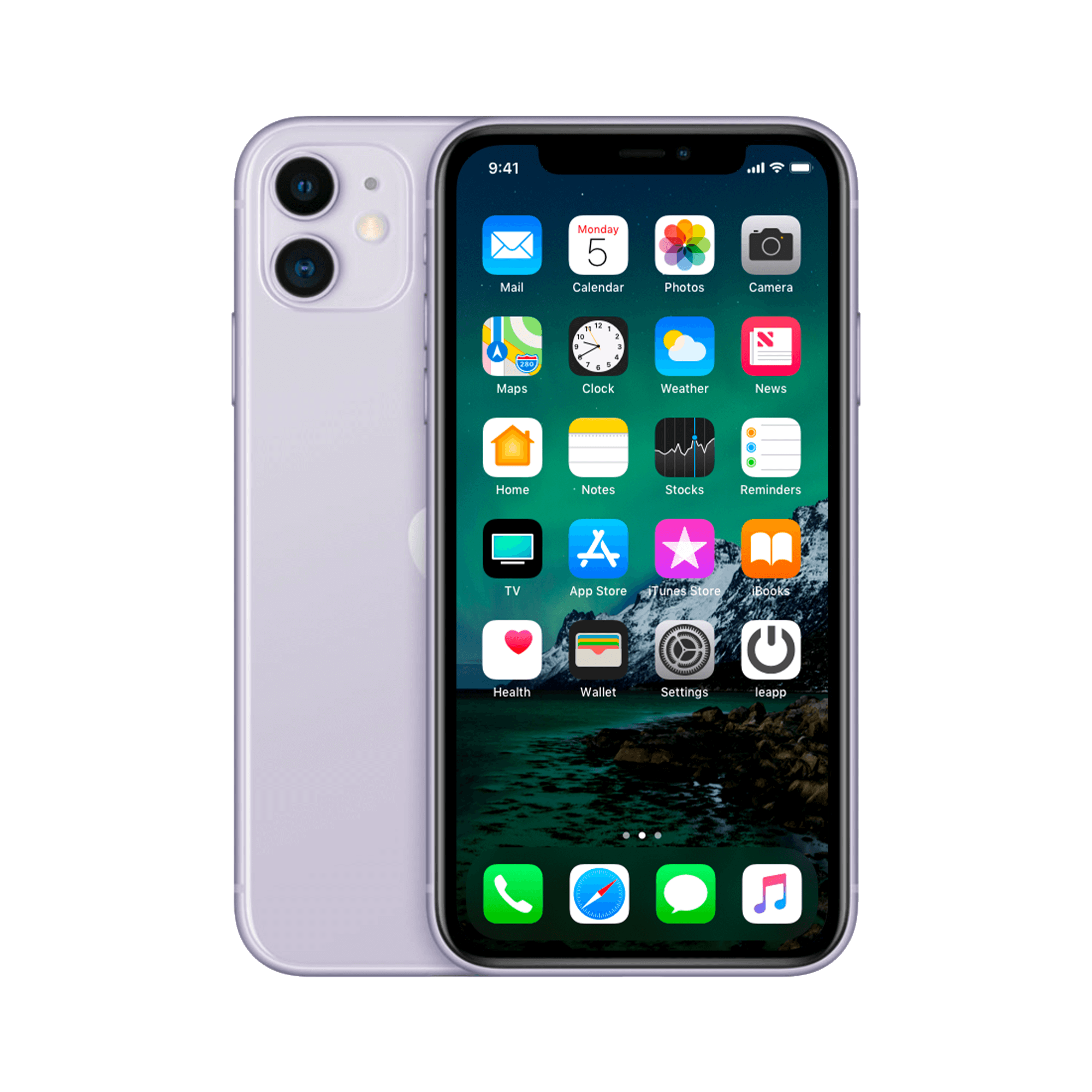The Truth About iPhone Screen Thickness
Cracked screen. Spiderwebs in the corner. You know the feeling. Every year, Apple promises stronger glass, but you still end up with a broken screen. From Aluminosilicate to Ceramic Shield – the evolution sounds impressive. But here's the surprising truth: newer isn't always better . Some older iPhone generations actually prove surprisingly robust, while the latest models, with their ultra-thin designs, are more fragile than you might think.
It's not just about the type of glass, but also about the construction around it. A sturdy case from the accessories collection can make more of a difference than the latest glass technology. And anyone who drops their AirPods more often than their phone knows that protection is relative. Time to debunk the myths and discover which iPhone generation can truly take the most abuse.
Useful links
- Protective accessories for maximum screen protection
- Refurbished iPhone collection with different glass generations
- iPad models with different screen technologies
The evolution of screen glass: more marketing than magic?
The evolution of glass in Apple devices tells a fascinating story. From the first aluminosilicate glass to the modern Ceramic Shield, each generation promises revolutionary improvements. But reality proves more stubborn than the marketing hype.
The original models from 2007-2011 used aluminosilicate glass. This material was a breakthrough at the time, but quite fragile by today's standards. However, these devices have one major advantage: their thicker construction and smaller screens make them relatively shock-resistant. A drop on a corner didn't immediately mean game over.
Gorilla Glass: The Silent Revolution
Starting in 2010, Apple introduced chemically strengthened glass, better known as Gorilla Glass. This material dominated the market from 2010 to 2014. Models like the 4s, 5s, and 6 Plus benefited from this technology. The remarkable thing? This generation has proven surprisingly durable in practice.
The chemical strengthening process creates a compression layer on the surface. Minor scratches therefore remain superficial. Users of an iPhone 6 from 2014 often report that their screen remains scratch-free, even without a screen protector.
The iPad Air and iPad Mini from this period share the same robust qualities. Their larger surface area theoretically makes them more fragile, but the glass thickness more than compensates for this disadvantage.
Ion-X: the refinement
Between 2015 and 2019, Ion-X glass dominated the lineup. This material, used in models like the iPhone 8 and iPhone SE , brought subtle but significant improvements.
The ion exchange occurs deeper within the material, making the protective layer thicker. Practically speaking, this means better scratch resistance during daily use. Keys in the same pocket? No longer a problem. But beware: the screens also became thinner, increasing their susceptibility to breakage.
The iPad Pro models from this period perfectly illustrate this dilemma. Their ultra-thin profile looks premium, but a fall from desk height can be fatal. The construction around the glass often plays a greater role in this than the type of glass itself.
Dual Ion Exchange: the intermediate step
The X series marked a turning point. From 2017 to 2019, Apple used dual ion-exchange glass in flagship models like the iPhone XR , iPhone XS , and iPhone 11 .
This technology combines two ion-exchange processes. The result? Improved flexibility without loss of strength. Users report fewer cracks when dropped on uneven surfaces. The improved flexibility absorbs more energy before reaching the breaking point.
A striking detail: the iPhone 11 Pro series consistently outperformed expectations in drop tests. The combination of improved glass and a more robust frame construction makes all the difference.
Ceramic Shield: revolution or evolution?
Since 2020, Apple has been fully committed to Ceramic Shield. The iPhone 12 series introduced this technology, followed by the iPhone 13 models.
Ceramic Shield contains nano-ceramic crystals within the glass matrix. Apple claims four times better drop performance. The reality? Drop resistance improved, but scratch resistance paradoxically decreased. The material is harder but also more brittle at the microscopic level.
iPhone 13 Pro users report micro-scratches more often than owners of older models. The trade-off is clear: better protection against catastrophic damage, but more visible wear and tear during daily use.
Practical considerations
Which generation lasts the longest? The answer depends on your usage pattern. For construction workers and athletes, the latest Ceramic Shield models are ideal. Their improved drop resistance outweighs the drawbacks.
For office workers and careful users, older Ion-X models like the iPhone 8 Plus often prove more durable. Fewer micro-scratches mean a brighter screen after years of use.
The golden mean might lie with the dual ion-exchange generation. Models like the iPhone XS Max combine good scratch resistance with acceptable drop performance.
Protection remains essential
Regardless of the glass generation, external protection remains crucial. A sturdy case from our accessories collection prevents more damage than any other glass technology. The raised bezel around the screen absorbs most impacts.
Screen protectors present an interesting paradox. On Ceramic Shield models, they're almost indispensable due to their sensitivity to scratches. On older Ion-X models, they're less necessary but do offer additional security.
The construction around the glass often matters more than the glass itself. Models with metal frames absorb impacts better than plastic ones. The iPhone 12 Pro Max, with its stainless steel frame, therefore outperforms the regular aluminum version.
Conclusion for buyers
When purchasing a refurbished device, the glass generation plays a secondary role. The overall condition and usage history are more important. A well-maintained iPhone 11 Pro Max with dual ion-exchange glass outperforms a neglected iPhone 13 with Ceramic Shield.
The differences between successive generations are often marginal. The jump from Gorilla Glass to Ion-X was significant, but the transition to Ceramic Shield mainly reflected different priorities. Newer means different, not necessarily better for every user.
Conclusion: Protection more important than glass technology
The quest for the strongest screen glass turns out to be largely a matter of personal priorities. Ceramic Shield offers better drop protection but shows signs of wear more quickly , while older Ion-X generations appear to be more scratch-resistant. For most users, a good case makes more of a difference than the latest glass technology.
So when choosing a refurbished iPhone, you don't have to blindly focus on the latest glass generation - a well-maintained older model with the right protection often performs just as well or even better than the very latest without a case.


